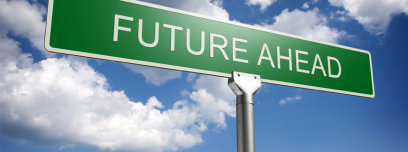Catalyzing Recovery-stroke Rehab
In India, 16 lakh people suffer from a stroke on an annual basis; men are more vulnerable to this debilitating disease, compared to women. It is one of the primary causes of long-term disability. The term “stroke” itself denotes that this is a sudden occurrence and in most instances is catastrophic too. Though the situation can be very challenging for stroke survivors as well as their families, it’s possible to find some workable solutions.
About Stroke
It takes a certain amount of patience, perseverance, and courage to move onto the path of recovery. Though stroke is not a new disease, there is still a lot that the medical world has to unravel about it. At times, the damage to the brain’s cells may only be temporary and they may be able to start functioning normally over time.
In certain cases, the person’s brain reorganizes its own functioning. Rehabilitation is a must for all stroke patients and though a certain amount of it will take place at the hospital (post the stroke); the attention that the patient gets at an inpatient rehab facility is more specialized.
The Success Quotient
The success of a stroke recovery program depends on a range of factors such as:
- The extent of damage that the stroke caused
- How soon the rehab is started
- How motivated the patient is and how hard he/she works towards recovery
The medical experts that help the patient also affect how well the patient recovers. The higher their skill levels, the better the patient’s recovery will be. Family members and friends can also help improve the patient’s outlook by providing encouragement & support. The patient can increase his/her chances of a successful recovery by practicing rehabilitation exercises regularly.
Immediate Rehab
Rehabilitation actually starts in the hospital as soon as possible following a stroke. In patients whose condition is stable, rehabilitation can start within 2 days post the stroke & will also be continued as required once the patient has been released from the hospital. If the stroke was not too severe, home therapy may be prescribed for the patient. In some cases, the person may need the services of a long term state-of-the-art rehab facility which provides:
- Skilled nursing care
- Therapeutic exercise & balance activities
- Pain management
- Nutritional counseling
- Emotional counseling
- Vocational counseling
- Social & behavioral skills retraining
The Ultimate Goal
Regardless of where the patient undergoes therapy, the goal is to improve function & help the stroke survivor become more independent with every passing day. It has to be understood that while he/she goes through rehab, the person should be motivated to effectively relearn any basic skills that may have been impaired by the stroke.
Even simple things like eating, dressing, bathing, and walking seem like a Herculean task. At a rehab facility, the patient gets complete medical attention from a multidisciplinary team including a physiatrist, neurologist, rehab nurse, physical therapist, occupational therapist, speech-language pathologists, dietician a neuropsychologist and a recreation therapist.
Making the Right Choice
All these professionals work in tandem to help the stroke survivor learn strategies that will help improve the overall health condition and get him or her back to the best possible level of independence. The duration of the rehab program will be dependent on the severity of the stroke the patient suffered. If a loved one has suffered a stroke and you opt for rehab services at SuVitas, you know that the patient is getting the best care at a world-class facility. For more information about our specialized services, call SuVitas on 7702891919

